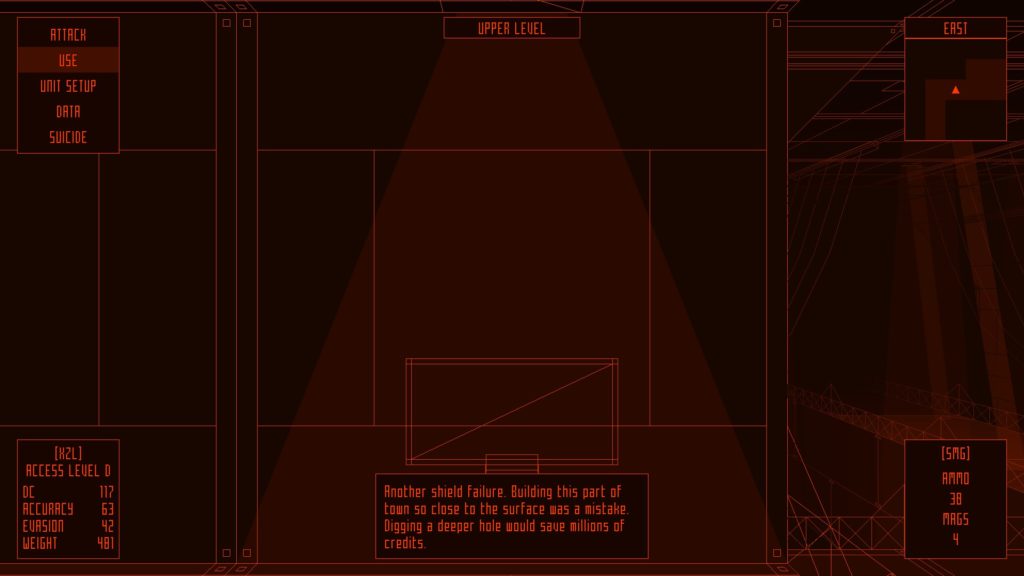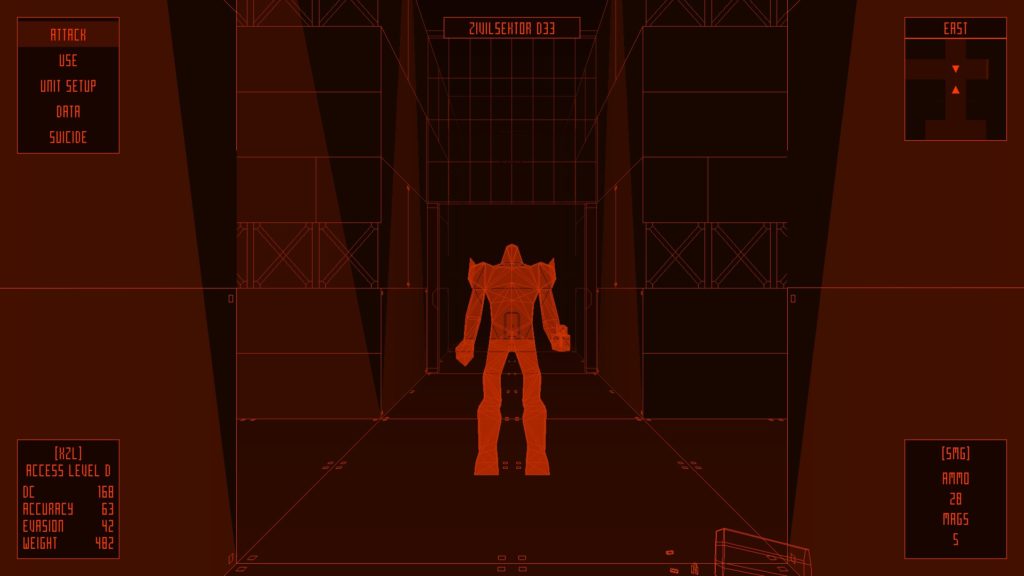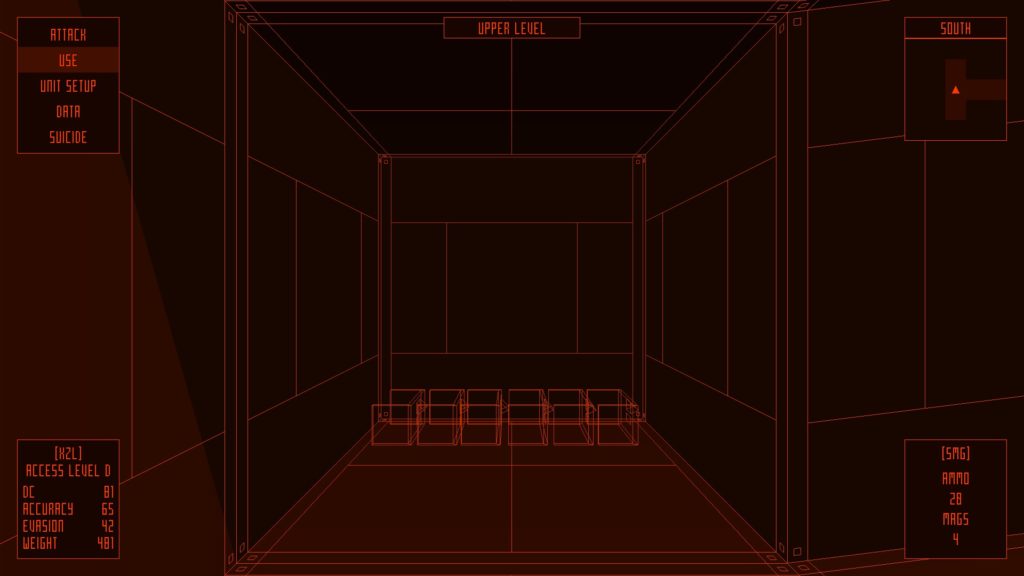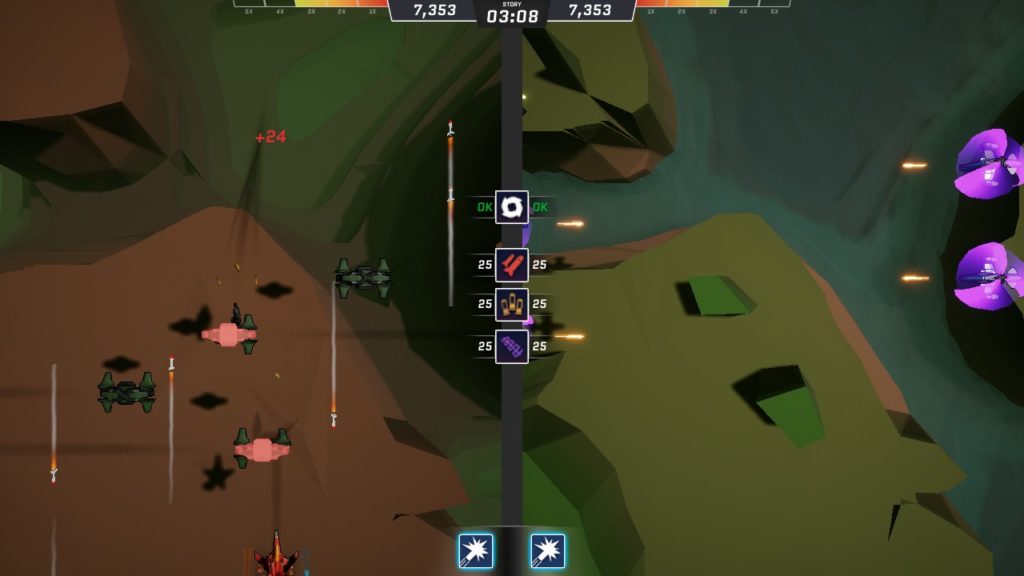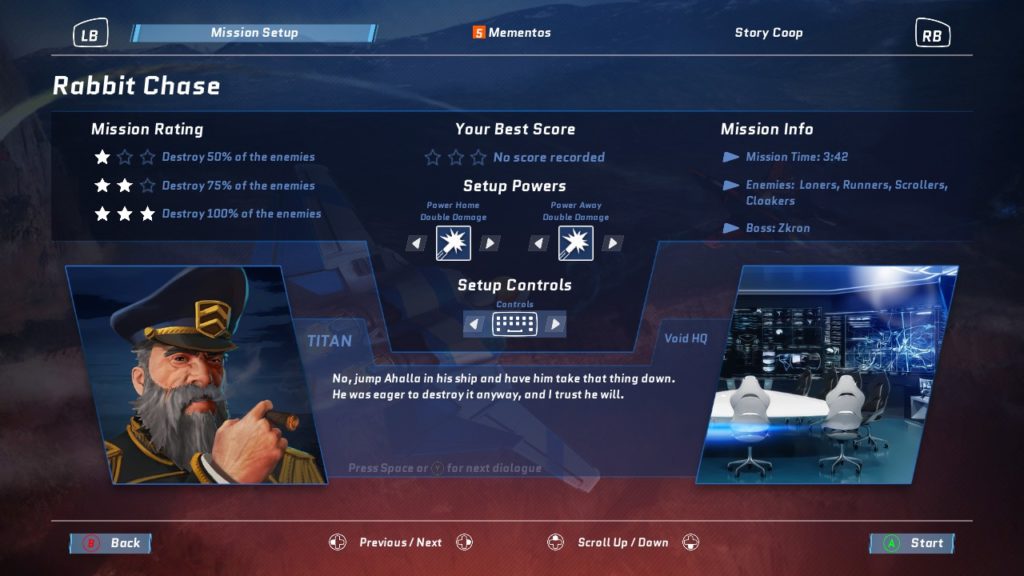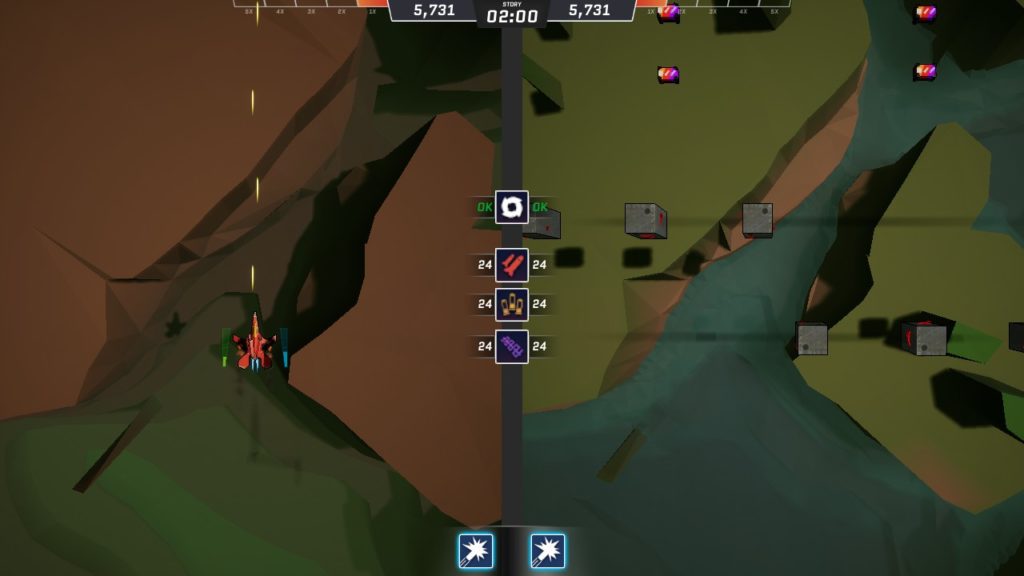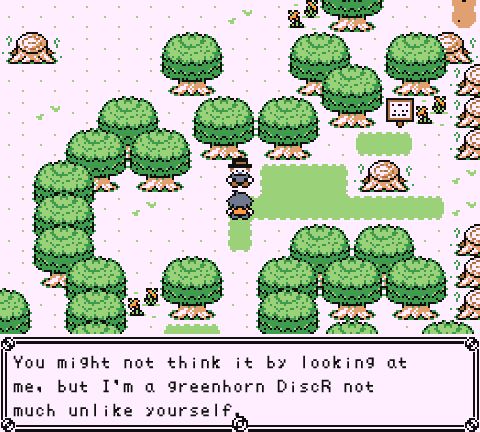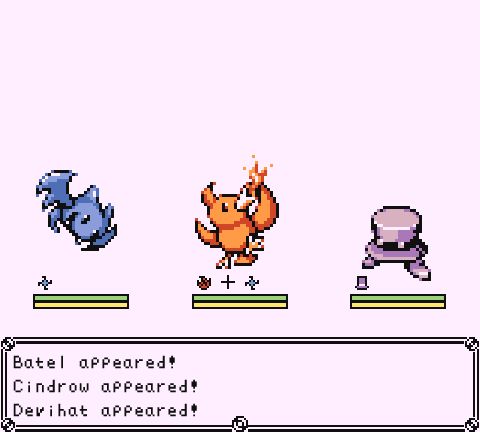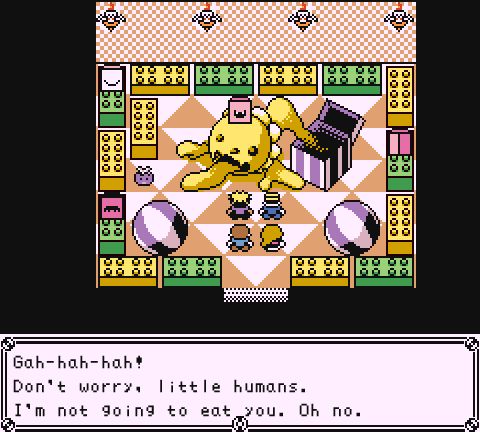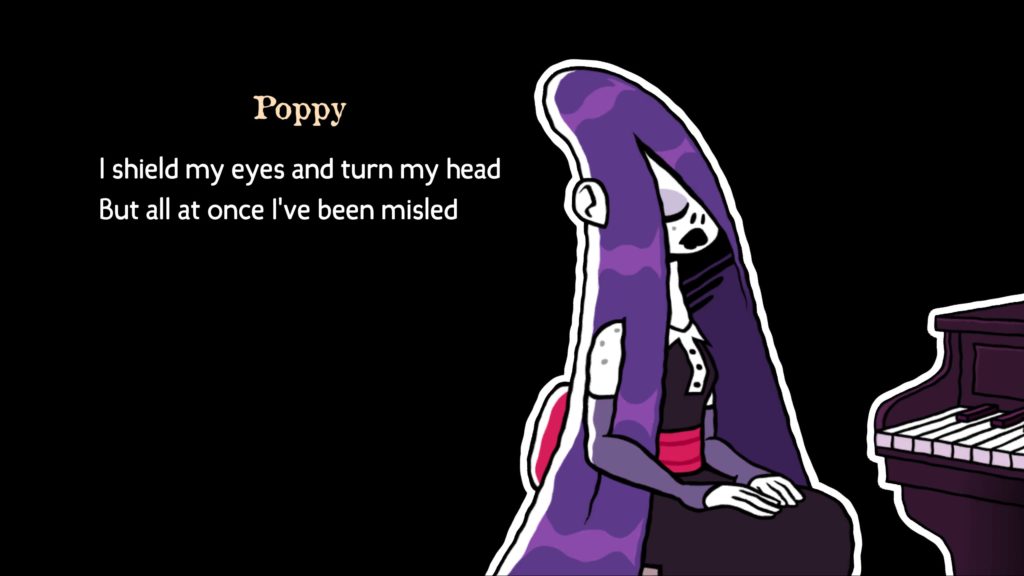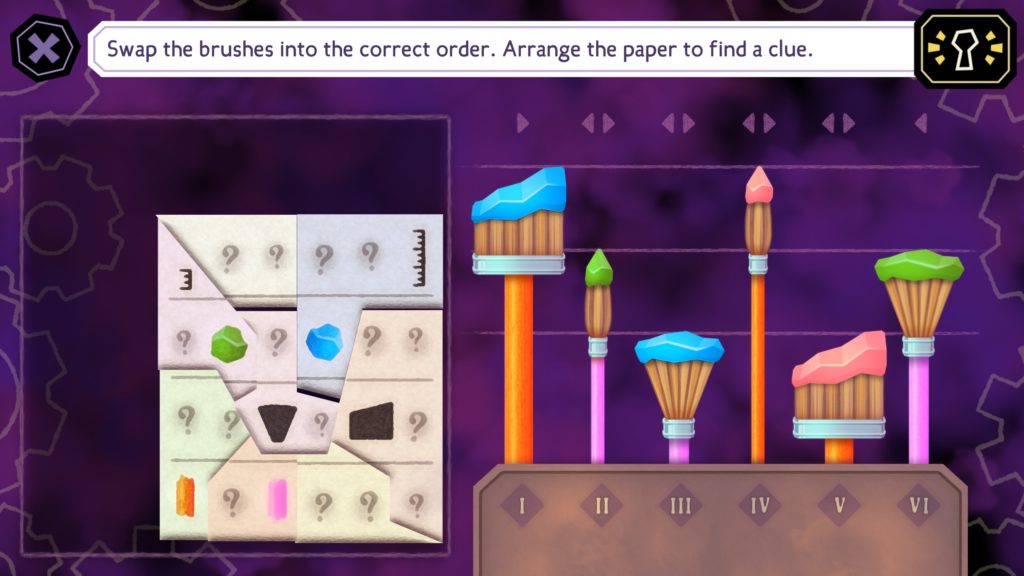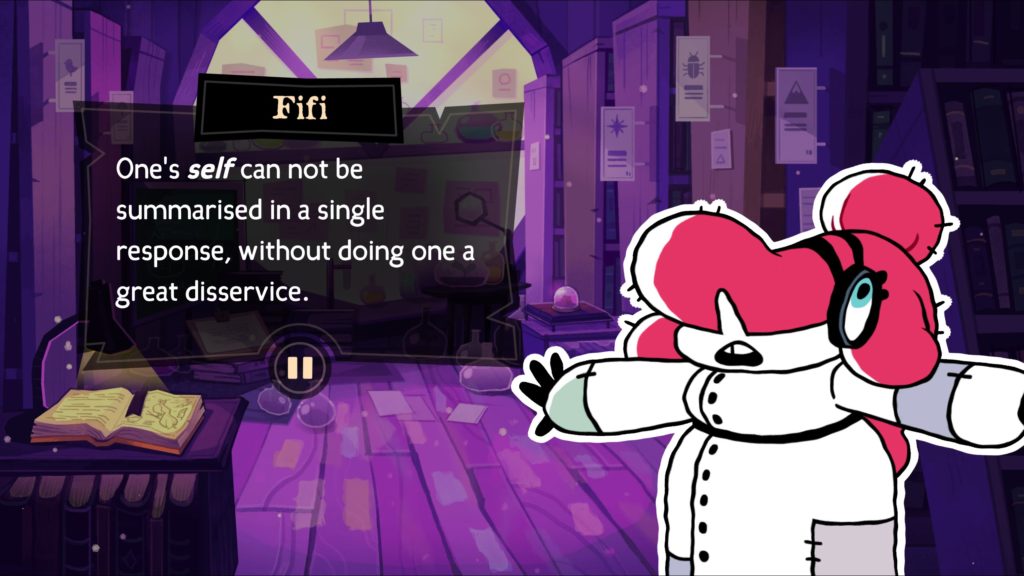Ashen (Review)

Source: Cashmoneys
Price: £30.99 (Definitive Edition £38.18 , Soundtrack £5.19, Nightstorm Isle DLC £7.19)
Where To Get It: Steam
And so the dark age passed into an age of light, a… Wait a minute, I was promised Dark Souls, not… Okay, fun aside, it’s actually nice to see some legitimate hope in a game with the “Go out, bash things with an input system that encourages only hitting the buttons you need to, not mashing them, die, spend money on improvement, hopefully get further this time” formula that has been called “Soulslike.”
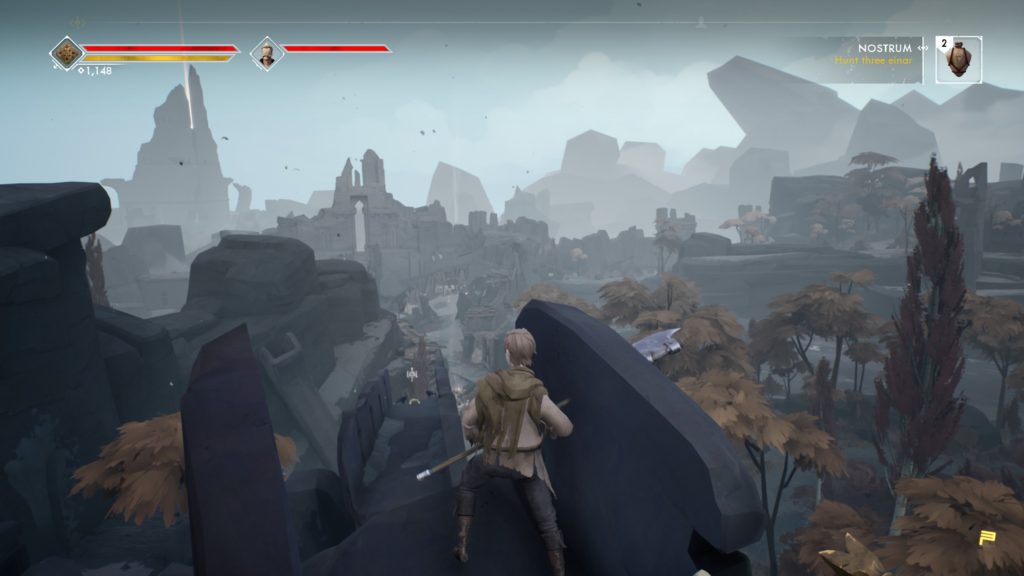
In Ashen, you are, obviously, a voiceless Chosen One, who, along with two friends (and the others you meet along the way), must protect the Ashen, a bloody great bird made of light and life that sat on the World Tree, died (its three breaths creating three ages, which passed, and elements of the three civilisations still lived through the dark age), and is due to be reborn. Gosh, my throat’s a little bit norse from that short bit of exposition, lemme back up a bit.
Essentially, this is a third person action RPG, in which your low poly protagonist wanders through a map, directed by both the needs of currency/items gained from enemies, and the quests, side or main, from the people of your small, new township. This actually deserves a mention right now, because it’s a fulfilling aspect of the game: The further along the game you get, the more sidequests you do, the more your town hub (Well, more of a “start point on the journey”, really, as you travel along a narrowing spiral toward the end, unlocking Ritual Stones, your travel points, along the way) builds up and grows, starting as this near barren, ramshackle set of ruins, and, by the end of the game? It’s a thriving village, with each of your fellow characters having their own cohabitation with various people attracted to this glowing beacon of hope.
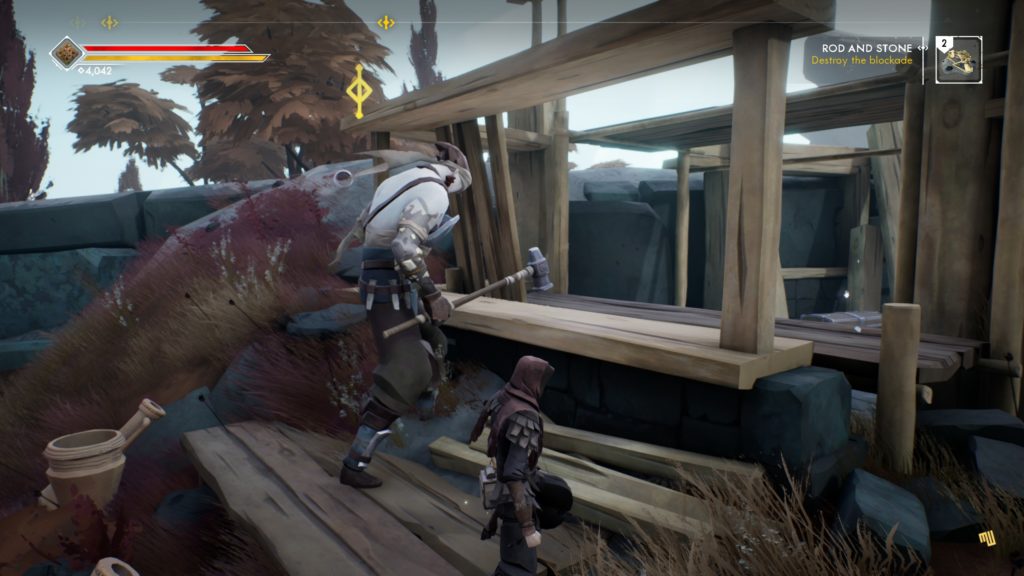
Even if the game weren’t good, this would have to be mentioned, precisely because it’s almost unheard of in this genre (or indeed, quite a few.) But the game is good. It doesn’t give you fast travel until a few main quests in, but the progression feels natural, and I only died once or twice in the early game, mostly due to either overconfidence or stupidity. Especially as you have a friend, always (whether a co-op partner, or one of the companions you meet, each with certain styles of weaponry), and so long as one of you is alive long enough to resurrect the other, you’re okay.
And the world is pretty. Even in the bleaker areas of the game, there’s a sense of beauty, fallen or otherwise. From the parts of the world so far reclaimed from the Ash, to the almost tundra like ruins of Sindre’s View, to… Ah, well, that would be spoiling things, but suffice to say, there’s a lot of environments, including, yes, dark areas. And the difficulty does ramp up, with some of the underground segments, in particular, making for a large difficulty spike. Still, it’s also a world where the developers want you to try clambering over it, to see what you can do, and want you to see it, and this, also, is appreciated. Finally, the music is, for the most part, calm, relaxing. This is a world you’re meant to take in.
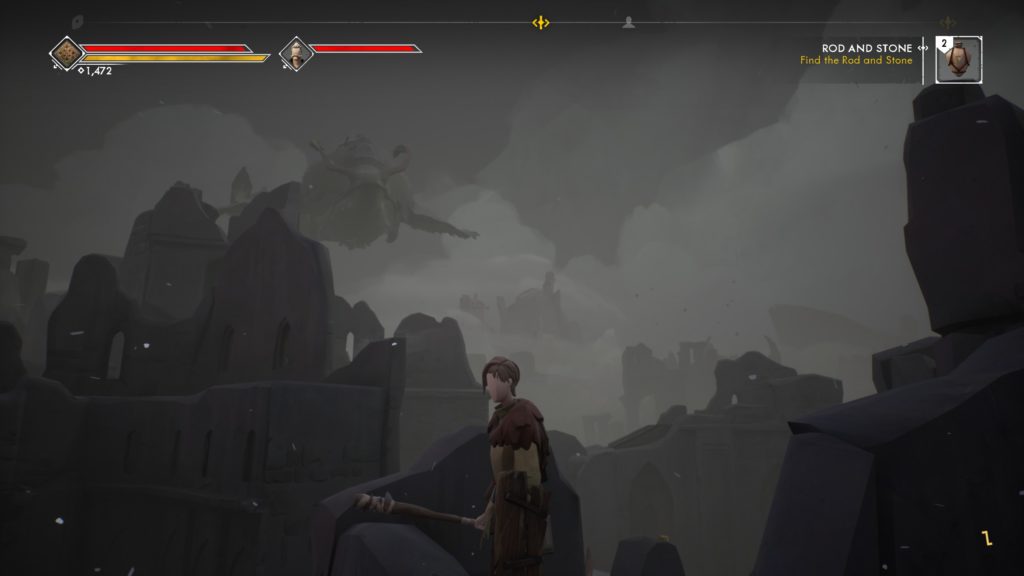
Are there complaints? Well, yes. The game very much overloads you with stuff early on, and it’s somewhat resource hoggy, with slowish loading times, and, outside of challenge runs, why wouldn’t you give your companions their quest items? But… There’s a lot it does right, over its compatriots, a lot it does differently. The game doesn’t really bar you that much, so you can engage or not as you like, explore as much or as little as you like, although it is highly encouraged you do those side quests before tackling a main one. As such, it’s more guiding than holding back or pushing, not holding your hand, but showing you the way.
So, in summary, I would say that this is a better introduction to the subgenre known as “Soulslikes” than… Well, Dark Souls, the game which popularised the term! It’s pretty, it’s interesting, its characters are cool… Yup, I like it.
The Mad Welshman appreciates beauty, bleak or otherwise, as much as he appreciates bearded handaxes. Which is to say, a fair bit.


